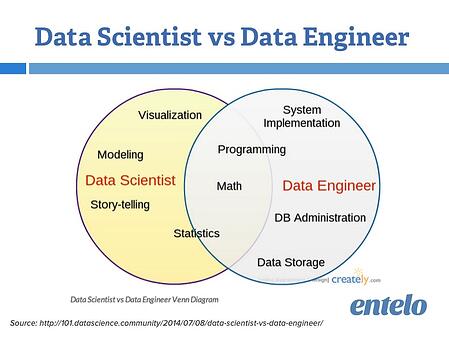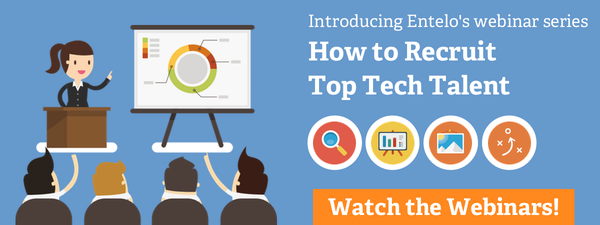 Data is more accessible than ever and with the upswing of trackable user interactions and behaviors, virtually every choice becomes a measurement of past and present, and a probable indicator of what’s to come.
Data is more accessible than ever and with the upswing of trackable user interactions and behaviors, virtually every choice becomes a measurement of past and present, and a probable indicator of what’s to come.
Think Amazon’s More Items to Consider, Twitter’s recommended accounts to follow, Facebook, Google+, and LinkedIn’s People You May Know, or Yelp’s Review of the Day. Every suggestion, hint, and tip poking you like a friend who wants to know what you’re up to this weekend and next. Intentional, targeted, and more often than not, effective.
In the first part of our series, we went over the differences between the data analyst and data engineer roles. Rounding out the series, we cover the data scientist.
As we did in our previous post, let’s use the race car team as the way to visualize how the team operates.
What is a data scientist?
As a data analyst is the race car designer and a data engineer is the race car mechanic, a data scientist is the driver.
The primary tasks of a data scientist are to gather research insights (with the help of data analysts and data engineers), create model designs to visualize that data and to integrate them into existing products, answer business questions through statistics and experiments, and identify what type of new data to collect.
Data scientists preferably have PhDs in fields including statistics, analytics, computer science and engineering, and economics, which indicate they have experience running elaborate experiments, aggressively and thoroughly applying the scientific method, and iterating tests. These candidates tend to be good at recognizing correlations, segmenting variables based on specific interactions and behaviors, and creating tangible, clear representations of large, complex datasets. Data scientists also direct data engineers and data analysts on what to research next, identifying the desired outcomes, like figuring out what current product features to optimize or learning how to discover unknown flaws and gaps within the system.

To give you a better sense of what a data scientist role entails, here’s a screenshot of what Facebook looks for in a qualified candidate:

Tip: Take a look at how top tech companies (Facebook, Apple, Microsoft, LinkedIn, and Google are good places to start) define the data scientist roles on their Careers pages. This can give you an idea of how to compose your own job descriptions, what skills and qualifications to look for, and how to distinguish what type of tasks a data scientist would take on in their corresponding department.
Browsing through different tech companies, you’ll notice the data scientist role can be categorized multiple ways. Generally, data scientists can be broken down like this:
Product data scientists fall under product management and engineering hybrid. They pull data and findings from product use, going through logs and observations to understand user behaviors and how to improve the current product and what types of products to develop next.
Business intelligence data scientists, sometimes called business analysts, work closely with the sales and marketing teams to identify target audiences and to evaluate the success of campaigns. Their role is to recognize industry trends to develop business strategies, build product awareness, generate leads, influence and engage potential customers, and create revenue.
Insights data scientists focus on communicating their research as a product – think journalists, statisticians, and analysts whose job require them to be able to take random findings and high-level studies and transform them into comprehensive, digestible reading material. Take Nate Silver, for example.
Narrowing down the types of data scientists your team needs to separate departments could prove nearsighted. Working for a smaller company may entail finding a candidate whose skills indicate a hybrid role between the analyst, engineer, and scientist. (We can tell you what skills to look for.) Before jumping on the Big Data boat and pushing out job listings for your data science team, determine what key issues, questions, and problems the business faces to be able to identify the right candidate to take on the challenge.
Don’t forget: Register for our tech recruiting webinar series for a full guide on hiring qualified talent for your company’s engineering and design teams!

